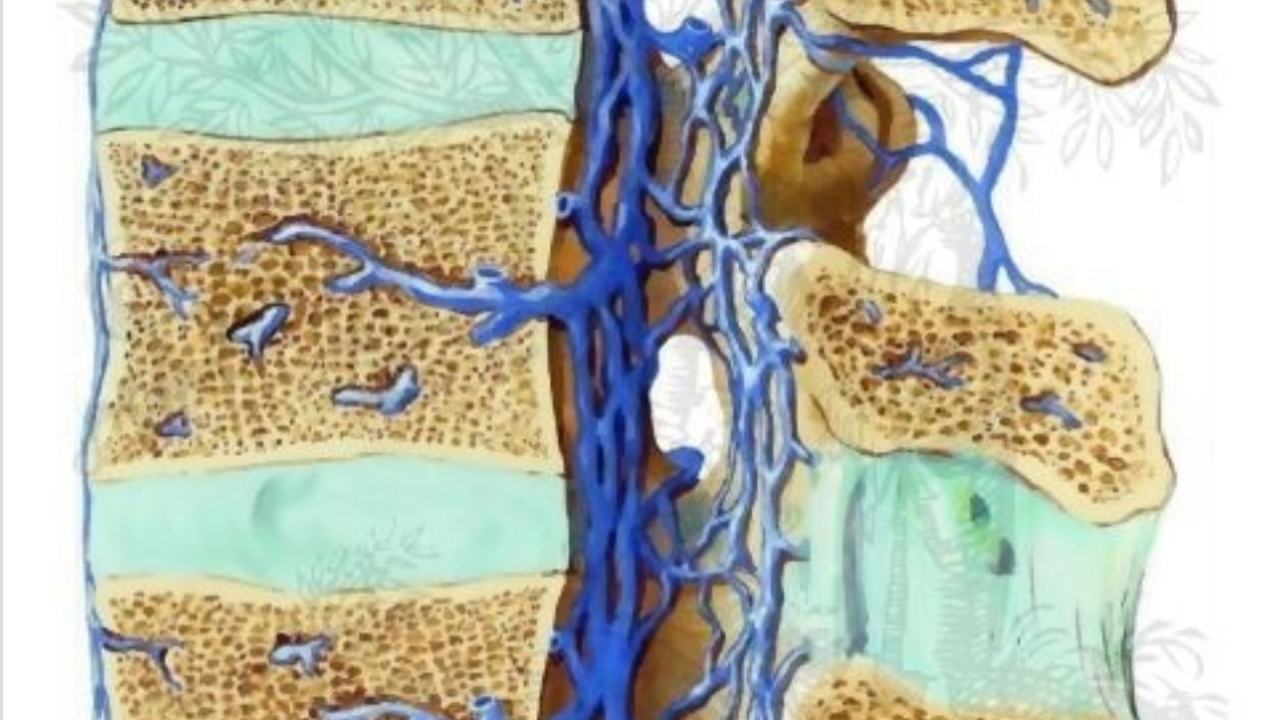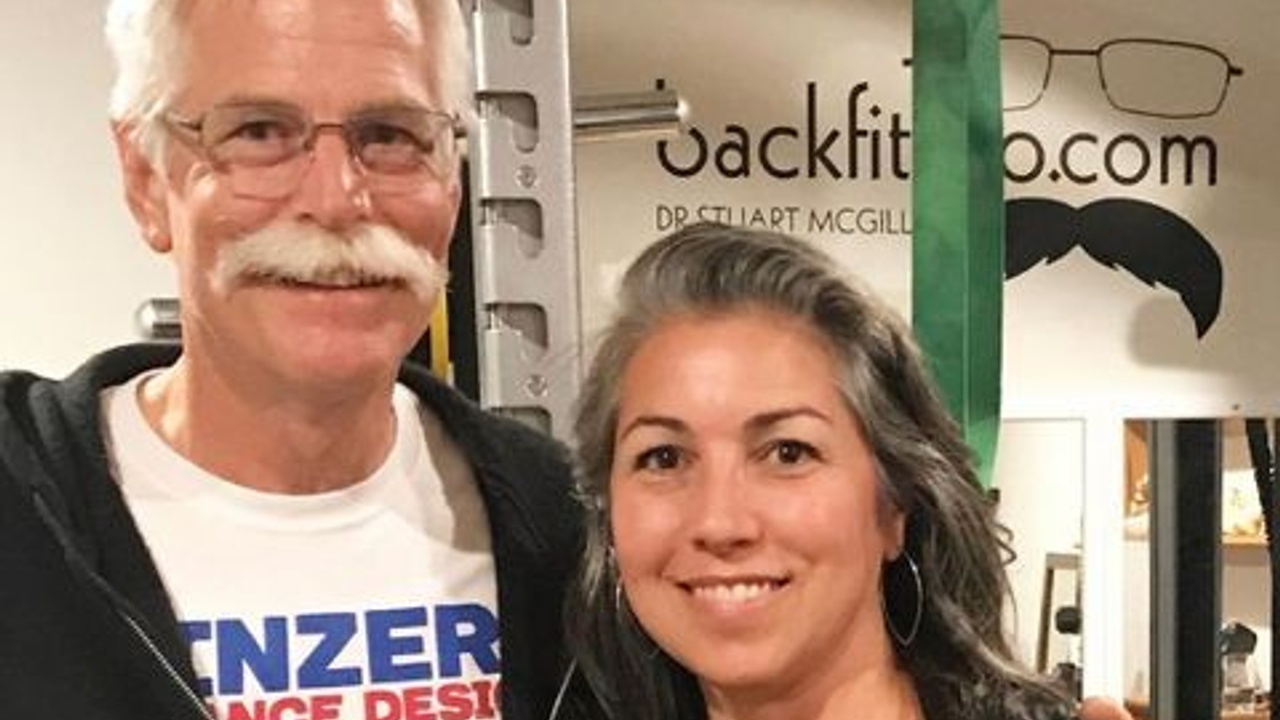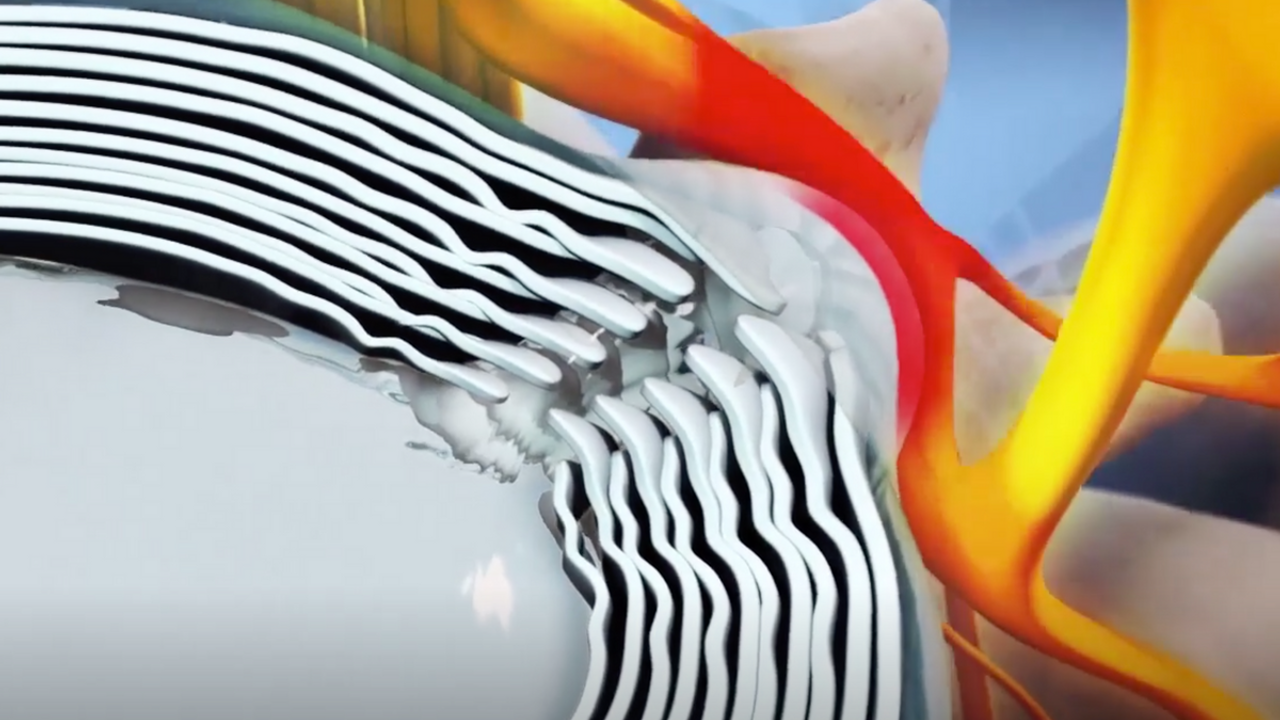My friend and colleague, Dr. Jerome Fryer, in British Columbia has conducted a pilot study on loading and unloading the spine using a seated spinal decompression technique. He has graciously given me permission to reprint (and reword) one of his recent blog articles, relating to his decompression te...
I don't flash my credentials around much. But it might be helpful to lay out the groundwork for where I'm coming from in order to understand why Retrain Back Pain is proving to be so successful.
I've been working in nutrition and therapeutic fitness for twenty-two years. I may have met some of you ...
I'm really excited for this incredible event, which also happens to be my only in-person teaching gig for the foreseeable future.
Our retreat is all set for February 3rd to 8th!
My husband, Henry, will be joining us, the first couple of rezziees have rolled in (and gotten free airfare!) and I've g...
Is there anything worse than being in pain and having to run around, trying to find someone who can help you figure out why you're in pain?!
The fact that so many people are struggling at navigating the same healthcare maze for back pain drives me bonkers. It's like we are all re-inventing the whee...
A herniated disc occurs when the outer portion of a spinal disc breaks down and the inner portion leaks out. The inner portion of the disc that extrudes can then irritate or compress nearby nerves, causing radiating pain.
Thank you to www.spine-health.com for this video simulation of a disc herniat...
What is Retrain Back Pain®?
RBP introduces users to a plethora of self-care skills which originate from multiple treatment disciplines. This program pulls some of the best practices from each of the therapeutic disciplines listed above.
RETRAIN BACK PAIN® SELF-ASSESSMENT
Smart self-inquiry is key for identifying why your back hurts. The following questions may serve to identify helpful behavior modifications and possible treatment options.
1. Does the pain change in intensity?
- If you wake up in pain or it worsens throughout th ...
A testament to the importance and the impressive power that the humanistic component of clinical practice has in the treatment of acute and chronic pain.
Let's be clear: Catastrophizing is not a word.
That doesn't stop us from doing it. We all catastrophize when we experience pain or fear.
Even m...
If your physical therapy isn't helping, try a different physical therapist (or 3 or 4) before you give up. Just like the teachers you had in school, some are better than others and each has their specialty.
For example, let's say you've been experiencing sacroiliac joint discomfort. Consider resear...
"Feeling better" is nice but it may be an illusion, indicating just a temporary improvement.
"Getting better" means:
-
You understand what aggravates symptoms
-
You understand what helps
-
You are an active participant in your recovery and rehabilitation
-
You move more frequently with
...
Change requires action. Most of us have become experts at psyching ourselves out yet we hardly even realize when or how it’s happening.
Following is a partial list of various mental states that lead to paralysis, inaction and delayed healing:
1. THE COMPLAINING GAME - Complaining is so much easier...
Breathing matters more than everything else when addressing chronic pain. If we don't breathe, we die. But what if we breathe too much or too little? Then what happens? A lot of very significant things happen because every single one of your bodily functions is tied in to breathing.
Without getting...













